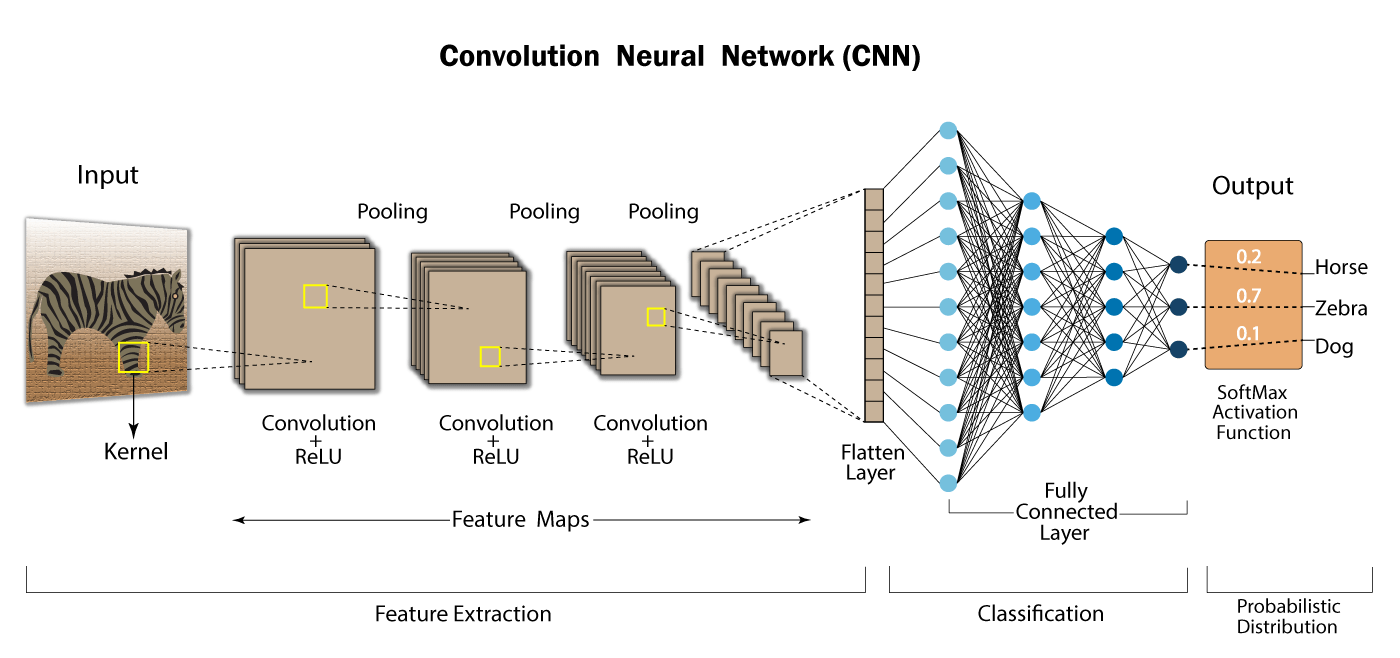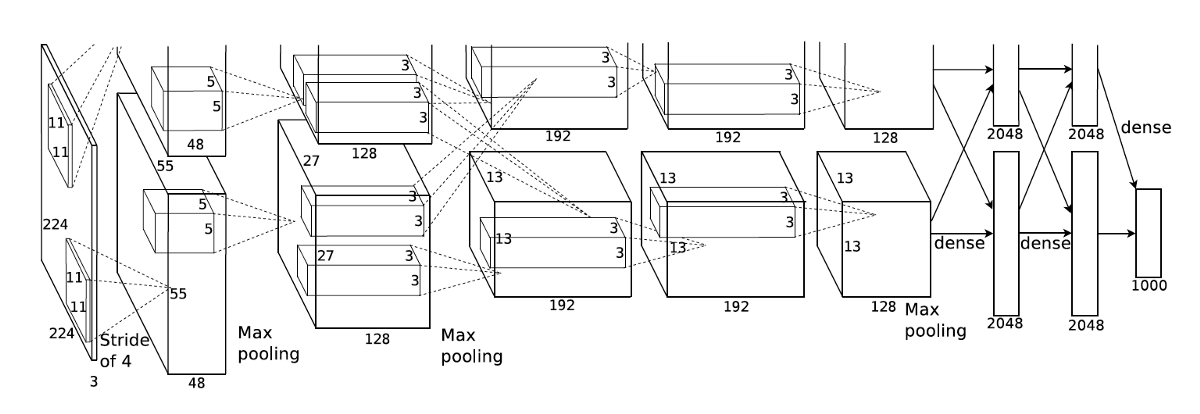Convolutional Neural Networks
Understanding Convolutional Neural Networks (CNNs)
Convolutional Neural Networks (CNNs) are a specialized type of neural networks designed for processing data with a grid-like topology. This includes time series data on a discretized grid or more commonly, images, which are represented as RGB or grayscale pixels. CNNs have become extremely useful in image classification tasks due to their ability to handle high-dimensional data efficiently.
Problem with Conventional Neural Networks for Image Data
Using traditional artificial neural networks (ANNs) for images can be challenging because high-resolution images lead to a very high number of input dimensions. Additionally, treating image pixels as a flattened array without considering their spatial structure makes the network overly sensitive to the location of objects within the image.
How CNNs Address These Issues
CNNs maintain the spatial relationships between pixels by using convolution operations instead of general matrix multiplication in at least one of their layers. This approach helps in learning image features more effectively by focusing on small regions of the input grid.
Fundamental Features of CNNs
Convolutional Neural Networks leverage three key concepts to reduce the number of parameters and computational complexity:
-
Sparse Interactions (Local Connectivity): Unlike standard neural networks where each output is connected to every input, CNNs limit connections to local regions. Each neuron is connected only to a small region of the input, making the interaction sparse and the computation more feasible.
-
Parameter Sharing: The same weights are used for more than one function in a network. In CNNs, this means that the same filter (weights) used for one patch of an image is reused for all other patches, significantly reducing the number of parameters.
-
Equivariant Representations: CNNs ensure that if the input changes, the output changes in the same way. This is crucial for tasks like image recognition, where the orientation and position of an object in the image should not affect the ability to identify the object.
Components of CNNs

A prominent early implementation of a CNN was AlexNet, which significantly outperformed other architectures in image classification tasks.

Simple Implementation of a CNN
Here’s a basic example of implementing a CNN using Keras and TensorFlow:
import keras
import tensorflow as tf
from keras.models import Sequential
from keras.layers import Dense, Dropout, Flatten
from keras.layers import Conv2D, MaxPooling2D
model = Sequential()
model.add(Conv2D(32, kernel_size=(3,3), activation='relu', input_shape=(28,28,1)))
model.add(MaxPooling2D(pool_size=(2,2)))
model.add(Dropout(0.25))
model.add(Flatten())
model.add(Dense(128, activation='relu'))
model.add(Dropout(0.5))
model.add(Dense(num_classes, activation='softmax'))
model.compile(loss=keras.losses.categorical_crossentropy, optimizer=tf.keras.optimizers.Adadelta(), metrics=['accuracy'])